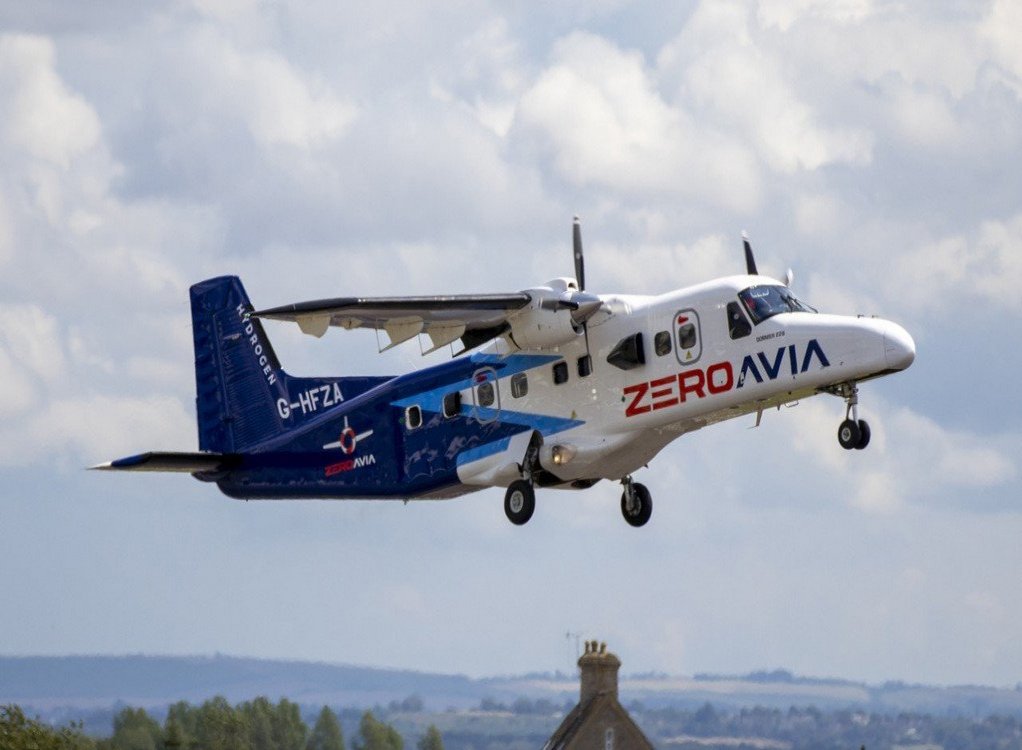Zero-emission aviation firm ZeroAvia recently announced the completion of its initial prototype ZA600 flight testing campaign at Cotswold Airport in the United Kingdom. A Dornier 228 aircraft retrofitted with the company’s hydrogen-electric engine was part of this initial trial that ended last week.
The 10th flight in the initial series saw a cruise test to establish projections for future ranges using the system, thus teeing up the first cross-country flights as the next stage of testing and demonstration, according to the company.
Over the course of the last six months, ZeroAvia has sequentially tested different areas of performance. The campaign has seen the aircraft fly at 5,000 feet, perform an endurance test at 23 minutes, operate in the wide temperature range from just above freezing to almost 30C, and reach the maximum allowable speed under the Permit to Fly issued by the CAA.
ZeroAvia’s Dornier 228 flight testing program is part of the HyFlyer II Project, which is part funded by the UK Government via the Aerospace Technology Institute, in conjunction with Innovate UK and the Department for Business and Trade.
The retrofitted hydrogen-electric engine in the test aircraft uses hydrogen in fuel cells to generate electricity, which is then used to power electric motors to turn the aircraft’s propellers. ZeroAvia claims that the only emission is low temperature water, thereby presenting a clean aviation propulsion solution for the future.
Tags: Flight Tests, Hydrogen Engine, ZeroAvia



Recent Posts
First ship to have pioneering sensor installed to measure emissions of particles
Incat Tasmania launches world’s largest battery-electric ship
India to supply 4.12 lakh tonne green hydrogen derivatives to Japan, Singapore
Green hydrogen gets official stamp as India notifies certification scheme
Wärtsilä expands methane slip reduction capabilities by introducing NextDF technology
GS E&C, Amogy, and HD Hyundai Infracore partner with South Korean City Pohang-si
SK Incheon Petrochem Launches South Korea’s First B30 Biofuel Marine Fuel to Support Maritime Decarbonisation
JSW Infrastructure Eyes Green Hydrogen and Ammonia to Power Sustainable Port Operations